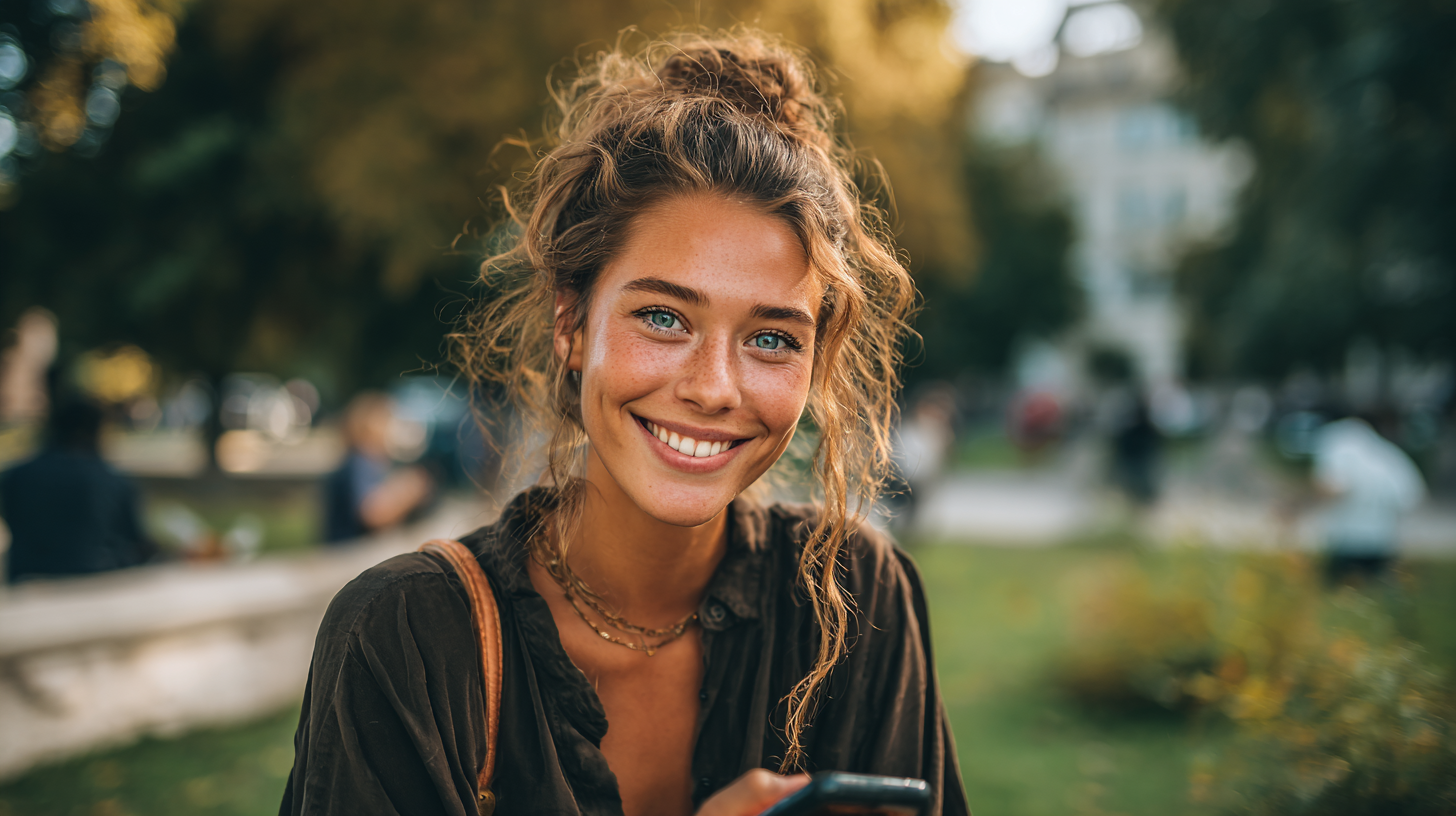How Social Media Algorithms Are Shaping Travel Trends by Stanislav Kondrashov

Social media algorithms are invisible architects of modern wanderlust.
They decide which destinations you see, when you see them, and how often.
Every like, comment, share, and pause becomes a signal in a vast network of data predicting what will keep you scrolling — and traveling.
Platforms like Instagram and TikTok now shape global tourism trends more influentially than any travel magazine ever could.
One viral image can transform a quiet village into an international hotspot overnight. This phenomenon — known as the Instagram Effect — has reshaped not only how people discover destinations but also how entire economies adapt to digital-driven tourism.

How Social Media Algorithms Influence Your Travel Choices
Algorithms determine what you see by prioritizing engagement-driven content.
They promote posts that spark emotional reactions — likes, saves, shares — which often means aesthetic perfection wins over authenticity.
How Algorithms Work
Algorithms track:
- Your time spent viewing specific posts
- The type of content you save or share
- Your interactions with travel-related hashtags and creators
When a post generates fast engagement, it’s flagged as “valuable” and shown to even more users — amplifying its reach exponentially.
Key Factors That Shape Your Feed
- Visual appeal – Eye-catching images get priority.
- Interaction velocity – The faster a post gains traction, the wider it spreads.
- Behavioral prediction – Algorithms learn your habits and curate content that keeps you scrolling.
The Consequences
Because algorithms reward high engagement, the same destinations — Santorini sunsets, Bali villas, Paris cafés — dominate everyone’s feeds.
This creates a feedback loop where viral destinations keep trending, while lesser-known but equally stunning places remain hidden.
Learn more about how these systems work in this overview of social media recommendation algorithms.
The Instagram Effect and the Rise of Viral Destinations
The Instagram Effect describes how a single viral post can catapult a place into fame.
Examples include:
- 🏜️ Horseshoe Bend, Arizona – From 10,000 visitors a year to over 2 million.
- 🌷 Tulip fields, Netherlands – Overrun by tourists seeking “the perfect shot,” leading farmers to charge entrance fees.
- 🪨 Trolltunga, Norway – Visitor numbers exploded from a few hundred to 80,000+ annually.
This rapid amplification can transform tranquil landscapes into overcrowded attractions in months — an illustration of algorithmic tourism at work.
Homogenization of Travel Experiences
Social media algorithms often promote a narrow aesthetic of travel — infinity pools, sunsets, drone shots, and whitewashed walls.
As a result, travel experiences have become homogenized.
Instead of exploring for personal discovery, travelers now curate their journeys for visual performance — "doing it for the feed".
The rise of performative travel means that authenticity often takes a back seat to shareability.
This phenomenon reinforces how algorithms reward conformity, encouraging repetition of what already works instead of exploration of what’s new.
Influencers and User-Generated Content: The New Travel Marketing
Traditional travel marketing has shifted dramatically from glossy brochures to influencer-driven storytelling.
The Power of Personalized Inspiration
According to River Travel Media, travelers now trust influencers because they provide relatable, personal insights rather than scripted advertising.
User-Generated Content: The New Currency
Brands and destinations actively promote user-generated content (UGC) by encouraging hashtags and reposting real travelers’ photos.
This strategy builds authenticity and consumer trust, as people are more likely to believe peer experiences than traditional ads.
See more about this shift in the SproutSocial UGC Guide.
Challenges of Algorithmic Tourism: Overtourism and Cultural Erosion
Viral content often causes overtourism—where fragile communities and ecosystems are overwhelmed by sudden waves of visitors.
Consequences of Overtourism
- Housing shortages due to short-term rentals
- Inflation in local markets (e.g., Barcelona’s rent rose 51% between 2014–2018)
- Environmental strain on delicate ecosystems like Iceland’s Fjaðrárgljúfur canyon, which had to close temporarily due to tourist damage
Cultural erosion also accelerates as authentic traditions are replaced by Instagram-friendly versions of local life.
Tech’s Expanding Role: AI and AR in Travel Inspiration
Artificial intelligence now powers the next wave of travel recommendations.
AI Personalization
Platforms like Instagram and TikTok deploy machine learning to suggest destinations based on your scroll patterns and engagement history.
Augmented Reality (AR)
Apps let you “try before you fly”: virtual filters place you in front of landmarks, influencing where you actually book.
AR tourism creates new expectations for photo-centric destinations designed to look better through a lens.
How Destinations Are Responding
Popular destinations are pushing back with tourist management and sustainability policies.
1. Tourist Taxes
- Venice: €10 peak-season entry fee
- Amsterdam: Among Europe’s highest taxes
- Bali & Bhutan: Visitor fees fund conservation
2. Rental Restrictions
- Barcelona: No new tourist licenses
- Amsterdam: Short-term stays capped at 30 days per year
- Paris: Hosts must register and follow 120-day limits
3. Sustainable Tourism
- Iceland’s “Pledge” campaign promotes responsible behavior
- New Zealand’s tourist tax funds conservation
- Thailand closes Maya Bay seasonally for ecological recovery
These strategies aim to preserve culture while maintaining tourism income.
Future Outlook: Sustainable Algorithmic Tourism
The future of travel lies in algorithmic ethics—reprogramming social media to promote sustainability alongside engagement.
What’s Emerging:
- AI highlighting under-visited destinations
- Algorithms factoring in environmental impact and local capacity
- Platforms rewarding authentic cultural storytelling over staged content
If designed responsibly, social media can become a force for preservation, not exploitation.
FAQs (Frequently Asked Questions)
What role do social media algorithms play in shaping modern travel trends?
They curate and amplify travel content based on engagement, guiding users toward popular destinations and shaping travel desires subconsciously.
How does the 'Instagram Effect' impact tourism?
Viral imagery can skyrocket a destination’s popularity overnight, often overwhelming local infrastructure and ecosystems.
Why do travel experiences feel so similar today?
Algorithms favor high-performing visuals, creating repetition and encouraging travelers to mimic popular posts.
How have influencers changed travel marketing?
Influencers and authentic user-generated content have replaced traditional ads with relatable, experience-based promotion that builds trust.
What are the downsides of social-media-driven travel?
Overtourism, cultural dilution, inflated local costs, and ecological harm are common consequences of viral tourism.
How are destinations fighting back?
With tourist taxes, rental restrictions, and sustainability policies to manage visitor impact while preserving heritage and environment.
✨ In essence:
Social media algorithms have redefined the world map — not by geography, but by visibility.
Where you travel next may not depend on your preferences, but on what your feed decides to show you.
The next evolution of travel lies in learning to scroll consciously, not just endlessly. 🌍📱



